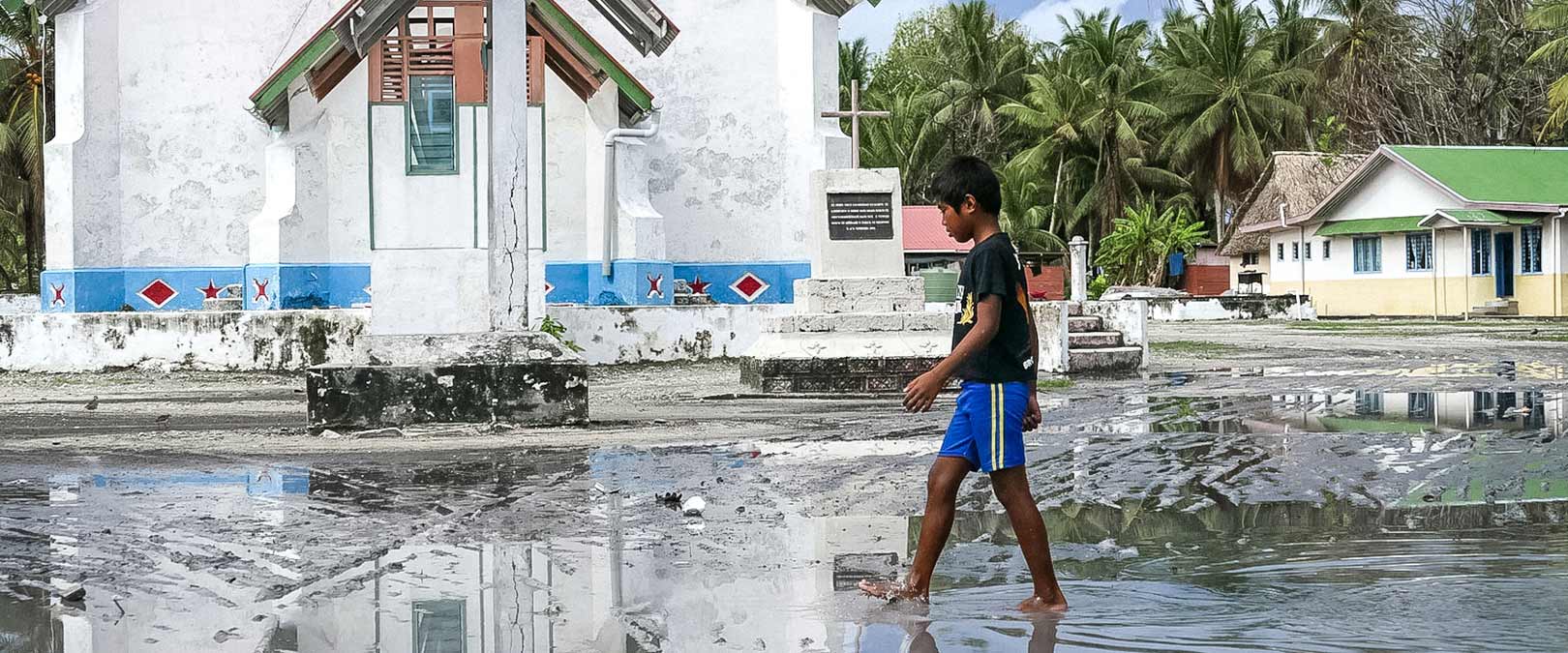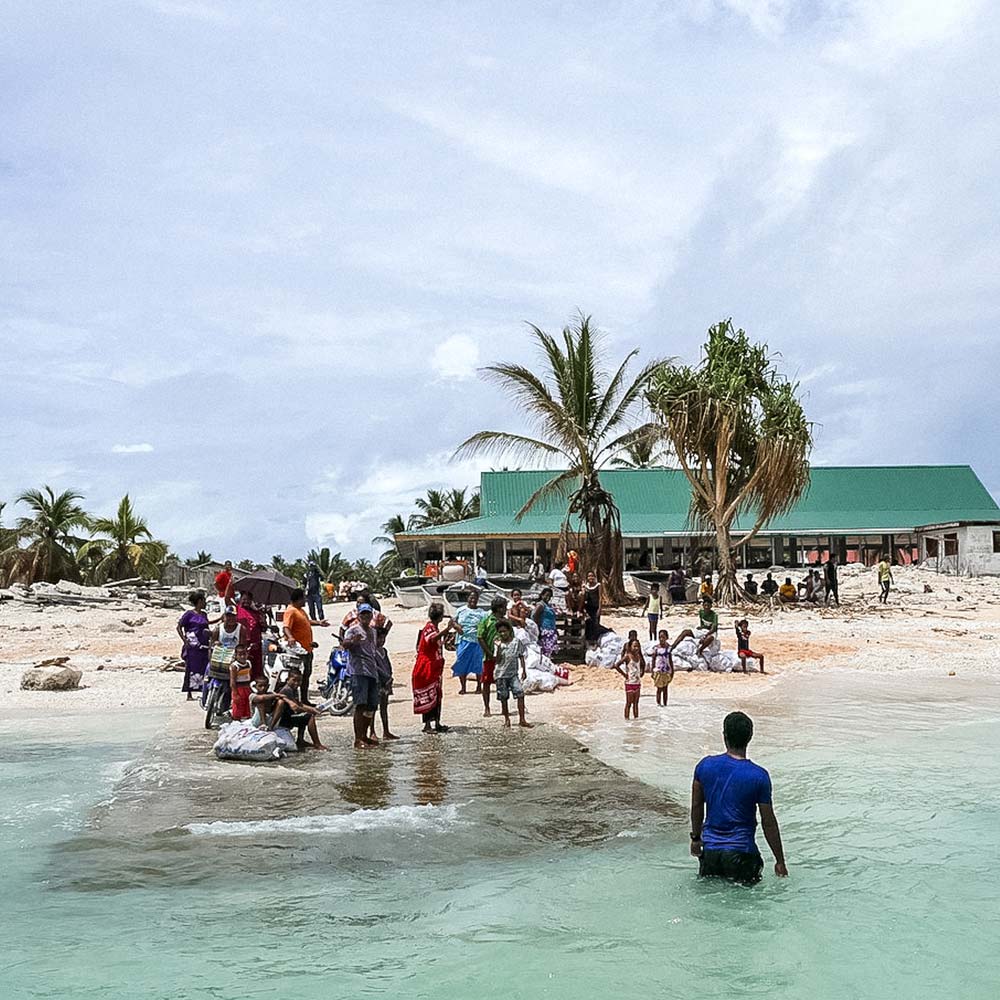Tuvalu is simultaneously tackling climate change while advancing development priorities, joining its Pacific neighbours in driving forward the international agenda on climate change.
Tuvalu has submitted its National Adaptation Programme of Action, Initial and Second National Communications and Intended Nationally Determined Contributions. A new national climate change policy is currently being developed by the Government of Tuvalu.
With support from the Green Climate Fund, the Tuvalu Coastal Adaptation Project will enhance resilience to coastal hazards on the islands of Funafuti, Nanumea and Nanumaga.
While new defence measures will act as a buffer during storms, the project will also build the capacity of government and local communities in adapting to climate change in the long term.



